Ayurveda-The Ancient Method of Treatment
March 23rd, 2007 | admin
Ayurveda, the treatment method that originated in India about 5000 years is now regaining its past glory through global acclamation. The word Ayurveda is a combination of two Sanskrit words – ayur (life) and veda (science) and the word roughly translates into ‘the science of life’. Ayurveda principles are based on living in strict harmony with nature. According to Ayurvedic principles, diseases are caused when someone loses the balance between nature, mind, body and soul.
Ayurveda is also known as Ashtanga Veda (science with eight branches) because Ayurveda is classified into eight different branches of treatment – Kaya Chikitsa (general medicine) Kaumara Bhritya (pediatrics), Graha Chikitsa (psychology), Shalakya Chikitsa (Treatment for diseases of eye, nose, throat, eye and head), Shalya Tantra (technique of Surgery), Agada Tantra (Toxicology), Rasayana Chikitsa (Rejuvenation treatment) and Vajeekarana Chikitsa (Aphrodisiac Treatment).
Indians ascribe divinity to Ayurveda. Dhanwanthari (Dhanvantari, Dhanwantari, Dhanvathari) , an incarnation of Lord Maha Vishnu gave the science of life to humans through some sages. The literature of Ayurveda was recorded in palm leaves, copper plates and stones. The knowledge was transferred through generations through word of mouth, through a systematic educational system called Gurukul (Gurukula) education. The students live at the ashrams of the sage teachers and learn the science directly from the mouth of their teacher.
The main traditions followed in Ayurveda are Charaka (after Charaka Samhitha by ancient physicist Charaka), Sushrutha (the founder of surgery) and less known Kashyapa. Education lasts for many years (usually seven). At the end of education, the student has to give a Guru Dakshina (an offering) to his teacher. In one specific instance, the Guru of Jeevaka (the physician that treated Buddha) asked him to give him a plant with no medicinal value at all. Jeevaka searched and searched for years and could not find a plant with no medicinal value. He then come to see his teacher empty handed and says: “Guruji, I am not able to locate a plant with no medicinal value, I could not give you the Guru Dakshina, Pardon Me”. His guru smiled and said, this is my Guru Dakshina, and you now know nothing in this universe is useless or meaningless. Under suitable conditions, everything (living things, non-living things, matter and energy in different forms) in this universe assume significance.
The main concept of Ayurveda is that everything is composed of Panchabhootas (Akash – space, Bhoomi – earth, Jal – water, vayu – air and agni – fire). These five bhootas combine to form three doshas or tridoshas (Vata – akash and vayu, Pitta – agni and jal and kapha – jal and bhoomi).
Ayurvedic treatment consists of four basic forms – medication, panchakarma, dietary regulation and lifestyle regulation. Medication is the application of medicines, dietary regime includes the control of food habits for proper health, panchakarma is five different karmas or systems of Ayurvedic therapy and lifestyle control. They all work as both cure and prevention methods.
Panchakarma is the most important of all treatment methods. It is a process of careful expelling of toxins or excess doshas from the body system. Panchakarma mainly focuses to regain the natural healing power of body.




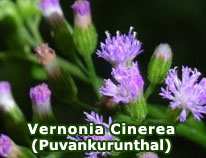
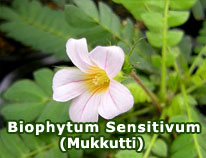
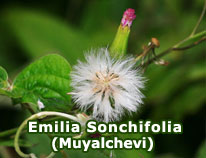
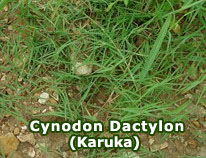
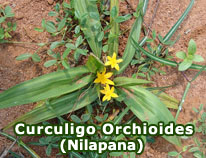
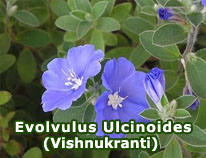
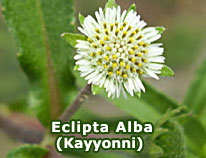
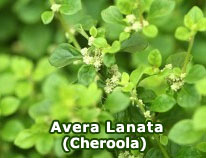
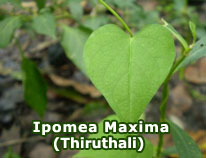
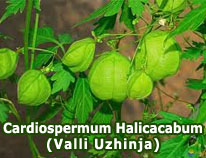
 Loading ...
Loading ...





